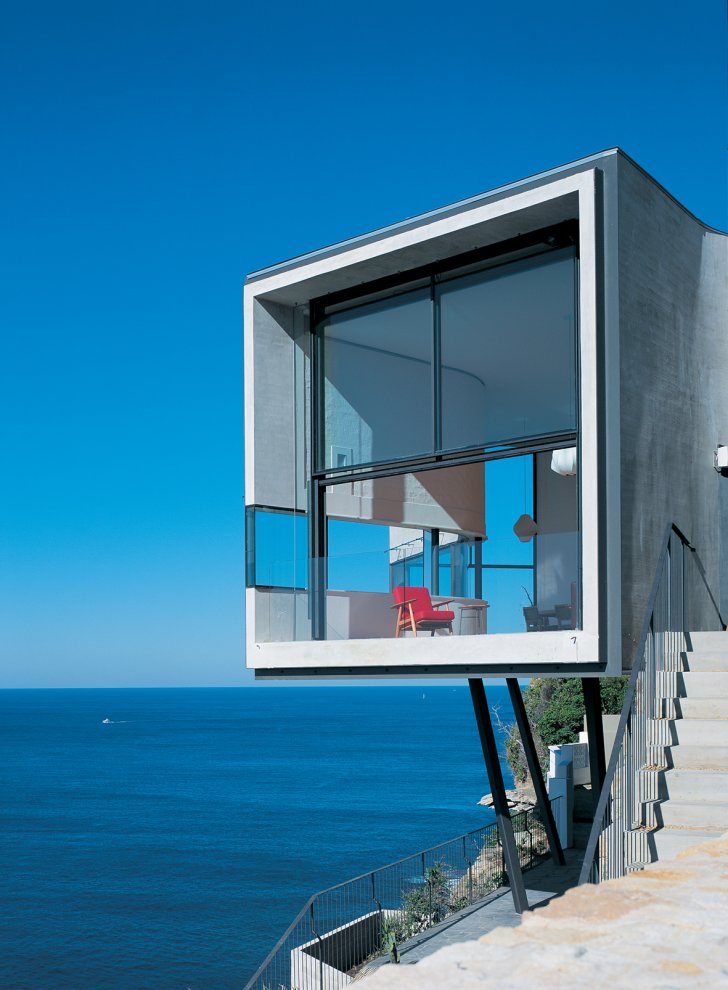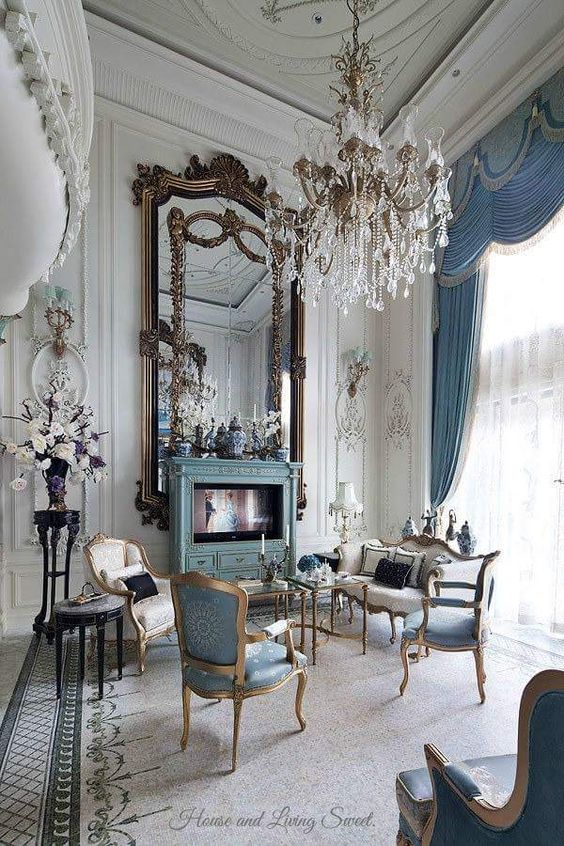Table of Content
The one in the print is actually a Greek Revival/Italianate Transition Style- it took all the best features of both styles. It has Greek Revival triangular pedimented windows, wooden columns, and a symmetric façade. On the Italianate side there are double brackets above every column, arched dormer windows, and an arched transom. Generally, the straight lined details are Greek Revival and the curvy/arched details are Italianate. Found in the Garden District, Uptown, Carrollton and elsewhere, these homes are urban versions of French-Colonial plantations.

Bungalows are decorated in many styles ranging from Craftsman, Colonial Revival, Spanish Revival, Tudor Revival etc. The Bungalow in this picture is a Craftsman Style- notice the tapering wooden columns and colorful prismatic attic windows. Louisiana-style homes feature commanding façades with grand entrances and symmetrical windows and columns.
Creole Cottage (1790-
While these homes were typically painted in earth tones in the late 19th century, in the modern era a brighter palette has been adopted to really highlight these extraordinary homes. Found mainly in the French Quarter and surrounding areas, Creole Cottages are single-story homes with steeply pitched roofs and front porches that almost touch the street. They are a distinct blend of Caribbean and French Canadian design.
Please note that some locations may require specific engineering and/or local code adoptions. Be sure to check with your contractor or local building authority to see what is required for your area. Too bad I didn't have a photo of this house when I was doing my week of storybook houses. We are conveniently located near Westwego, Marrero, Belle Chasse, and Metairie. Sometimes, they have a little hump in the back which we call a camelback. They can be decorated in any style – ranging from Greek Revival, Italianate, Eastlake, or Craftsman.
Shotgun House
In New Orleans architecture, it’s the little details that make everything so interesting. Before you start exploring the homes on our oak-lined streets, read about the architectural styles you’ll find. By American standards, it’s one of the oldest settlements in our country’s history. New Orleans has experienced 4 different countries of leadership, slavery, a civil war, rebellion, emigration, and social and political corruption and unrest. This varietal experience lays evident is New Orleans culture to this day…the music, the food, the people, and…the architecture. This Second Empire house is capped by a slate Mansard roof that is topped with cast iron cresting.

As it was the beginning of the glamorous Hollywood era, the whole country had it eyes on California trends and so the California Bungalow was born. These buildings share many similarities with Shotguns, they are 1 story high and have porches. Bungalows have asymmetrical room placement, whereas shotguns are a straight line of rooms. In New Orleans, our bungalows typically are raised up in what we describe as a raised basement.
Plan 6381
Many feature charming Victorian embellishments beneath the large front eve. The term “shotgun” originates from the idea that when standing in the front of the house, you can shoot a bullet clear through every room in the house. Bungalow houses were developed in India, and became popular in California in the early 20th century.
The American Cottage is also referred to as a Center Hall Cottage because right behind the front door you’ll find a hall that runs the length of the house to the back door. Typically, Creole architecture does not have hallways as they thought it was a waste of space to have a separate space to walk through. In most cases, the Creole buildings use their balconies as exterior hallways.
A guide to New Orleans housing styles
These houses are raised enough above street-level that there is sometime a garage or work area on the ground level. They feature porches that stretch all the way across the front with columns. Greek Revival and Italianate Center Hall Cottages are most common in New Orleans, but Queen Anne/Eastlake and other Victorian styles can also be found here. The most infamous and common housing style throughout most of New Orleans, these long and narrow single-story homes have a wood exterior and are easy to spot.
Sign up for special tips, offers, and info about all the latest happenings around NOLA with our monthly Insider’s Guide, delivered right to your inbox. As its name implies, the nonprofit Patio Planters organization is “dedicated to the beautification of the Vieux Carre, mainly from a horticultural point of view” according to its mission statement. Proceeds from the tour go to benefit a major holiday event held on the evening of the tour date –Caroling in Jackson Square. Cruise through the streets of New Orleans with this fun pedal party.
Both the single and double shotguns in this drawing are Eastlake Style –a style known for its turned spindles and fanciful woodwork. This beautiful New Orleans shotgun house has massive curb appeal with its gated entrance, wrap-around porch, balcony and sweep of French doors. Thanks for reading this quick summary of New Orleans Architecture! I hope that it gives you a better understanding of different types and styles of our incredible homes. Do keep in mind that there are many variations to be considered so I do not think of this as a definitive guide.
Found in the Lower Garden District, Garden District, Uptown and Esplanade Ridge, these two-story houses feature stacked and covered front porches, box columns and a front door off to one side. They look a lot like townhouses, but they are set much further back from the sidewalk. Found in the French Quarter and surrounding neighborhoods, Creole Townhouses often have shops below and homes above, brick or stucco exteriors and arched windows. Built after the Great Fires of 1788 and 1794, these two to four-story structures have a strong Spanish influence in the details. A common site throughout the French Quarter and Marigny neighborhoods, the creole cottage is a confluence of Caribbean and French Canadian design. This single floor style is endemic to the Gulf Coast of the US and is very common in New Orleans’ older neighborhoods bordering the Mississippi River.
American Townhouses are multiple storied buildings that are different from Creole Townhouses in that they are strictly residential. Variations include Row Houses which are homes that are joined to their neighbors – they share a wall with the house next door. The American Townhouse displayed is one that you might find in the Garden District, as it is decorated in the very popular Greek Revival/Italianate Transitional Style. The Greek Revival features include Corinthian capped columns, rectangular shaped windows on the top floor, and overall symmetry. The arched surrounds on the windows and door, modillions along the upper cornice, and the cast iron, belong to the Italianate Style.

The curved balcony has also has cast iron details and arched decorations found above the windows of the balcony and the door. While these buildings typically share many decorative features with the Italianate Style, the main characteristic of Second Empire Style is the Mansard Roof. These steep roofs are the perfect place to install elaborate bulls eye dormers. Greek Revival is a style that can be applied to any type of house. While Greek Revival Style started on the Eastern Seaboard in it became popular in New Orleans in the 1830s.
An early nineteenth century standard, the American townhouse can be found in port towns from Winona, MN to New Orleans. The most common building material is thin sandstone brick, but similar styles use stucco and bonding in the same fashion. The Central Business and Lower Garden Districts of New Orleans have a number of classic examples of this short lived architectural style. During our French Era, people were buried below ground – in the levees, the church yards, and even in the floor of the St. Louis Cathedral. When St. Louis Number 1 Cemetery opened in 1789, the Spanish started burying people in above ground mausoleums to save space. A trip to any cemetery in New Orleans will reveal that the architecture of the city is reflected in our tombs.

No comments:
Post a Comment